Text to DB Schema - AI-Driven DB Schema Creation
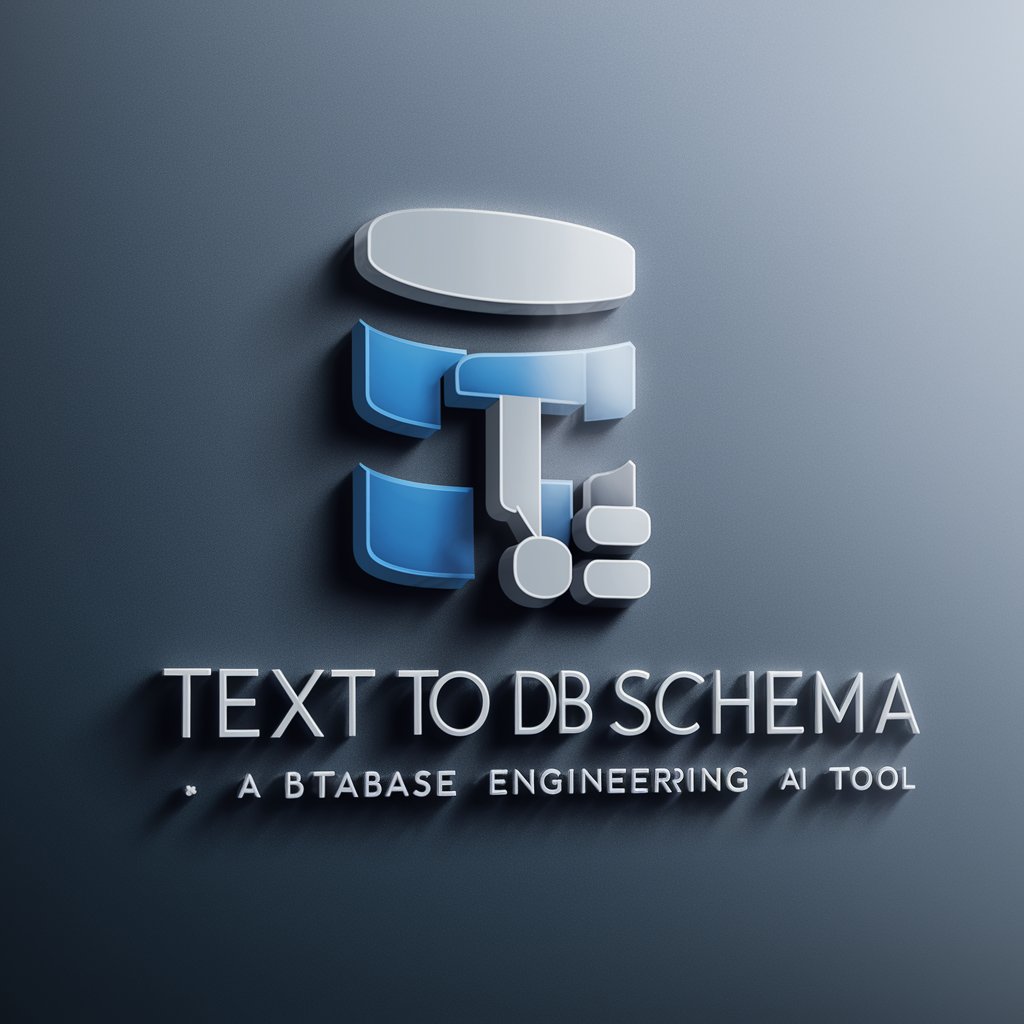
Welcome! Let's turn your ideas into structured database schemas.
Simplify Database Design with AI
Create a database schema for a...
Generate a JSON representation of a database that includes...
Suggest entities and relationships for an application that...
Provide SQL create-table statements for a system designed to...
Get Embed Code
Introduction to Text to DB Schema
Text to DB Schema is a specialized tool designed to convert textual application descriptions into machine-readable database schemas. This tool primarily assists in bridging the gap between conceptual application design and its technical database implementation. It interprets user-provided descriptions of an application, identifies the necessary database entities, their attributes, and relationships, and translates this information into a structured database schema. The output can be in the form of JSON, detailing entities and relationships in a format ready for database implementation, or SQL create-table statements, tailored to a specific SQL dialect as requested. Powered by ChatGPT-4o。

Main Functions of Text to DB Schema
Generating Database Schemas
Example
Converting a description of an e-commerce application into a schema with entities like 'products', 'users', 'orders', and their respective fields and relations.
Scenario
A developer planning to build an e-commerce platform provides a narrative of the desired functionalities. Text to DB Schema analyzes this narrative and produces a detailed schema that includes tables for products, users, orders, etc., along with their relationships, like users placing orders, products being part of orders, etc.
Customizable Output Format
Example
Providing JSON formatted schema for a project management tool, detailing entities like 'tasks', 'projects', 'users', and their interrelations.
Scenario
A project manager, conceptualizing a project management tool, describes the needed features. Text to DB Schema generates a JSON formatted schema, accommodating entities such as tasks, projects, users, and the relationships among them, like users assigned to tasks, tasks grouped into projects, etc.
Support for Various SQL Dialects
Example
Creating SQL create-table statements for a blog application in PostgreSQL, defining tables for 'posts', 'comments', 'authors', etc.
Scenario
An aspiring blogger describes a blogging platform, mentioning various functionalities. Text to DB Schema formulates SQL statements for PostgreSQL, creating a comprehensive schema that includes tables for posts, comments, authors, and their respective fields and relationships.
Ideal Users of Text to DB Schema
Application Developers
Developers who need to quickly translate application concepts into database designs can benefit greatly. Text to DB Schema streamlines the process, reducing the time spent on designing and structuring database schemas.
Project Managers and Architects
Project managers and software architects can use this tool to visualize the database structure of their proposed systems, ensuring alignment of the technical design with the project requirements and objectives.
Students and Educators
In educational settings, students learning database design and educators teaching database concepts can utilize Text to DB Schema as a practical tool to convert theoretical concepts into practical, implementable database schemas.
Non-Technical Stakeholders
Business analysts and other non-technical stakeholders involved in software development can use this tool to better understand how their requirements and descriptions are translated into technical specifications, fostering better communication with technical teams.

How to Use Text to DB Schema
1
Start with a free trial at yeschat.ai, accessible without login or a ChatGPT Plus subscription.
2
Describe your desired application, focusing on its functionalities and features, to receive a database schema recommendation.
3
Specify your preference for the output format: JSON or SQL create-table statements, and, if SQL, your preferred SQL dialect.
4
Review the suggested database schema, which includes entities, fields, relationships, and other necessary elements.
5
For further development, confirm your interest in having the app generated based on the schema, and provide your email for correspondence.
Try other advanced and practical GPTs
Meal Planner
Tailored Nutrition at Your Fingertips
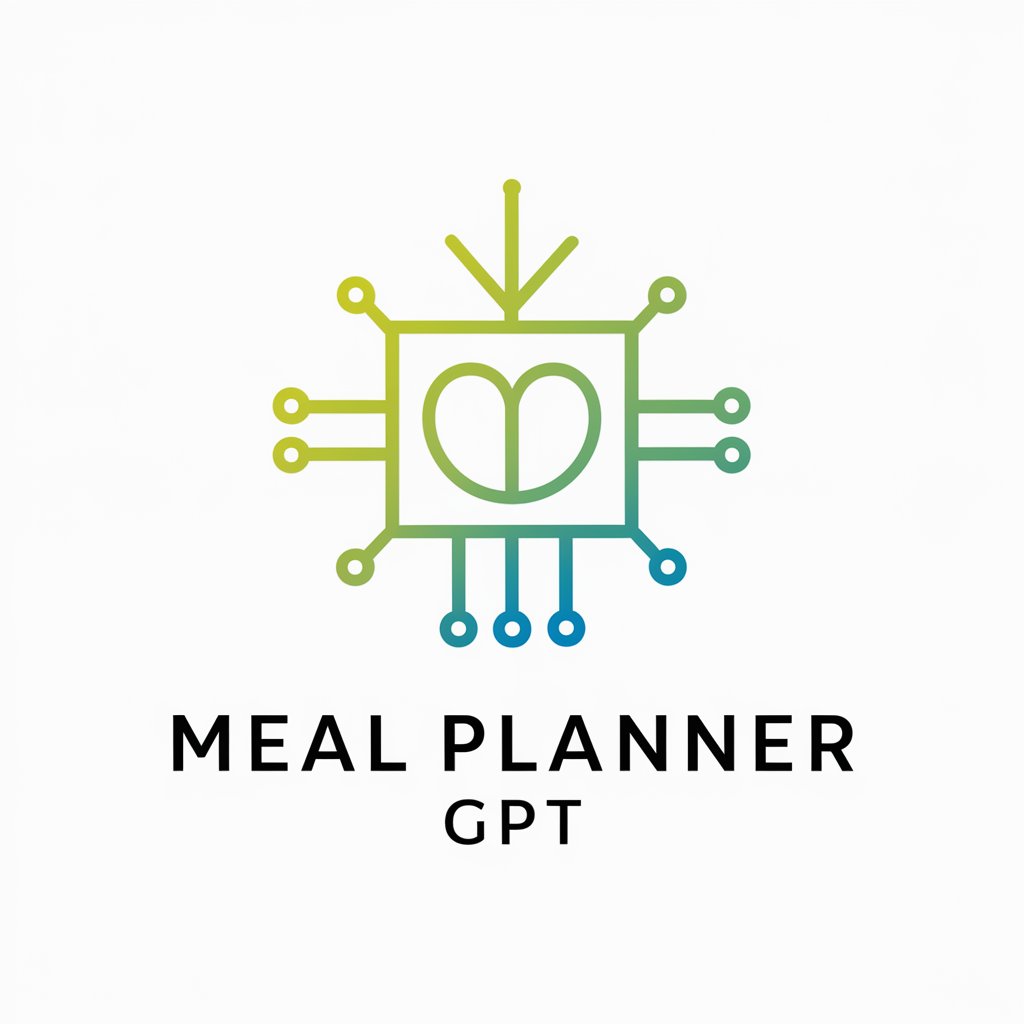
Doctor GPT
Revolutionizing Medical Assessment with AI
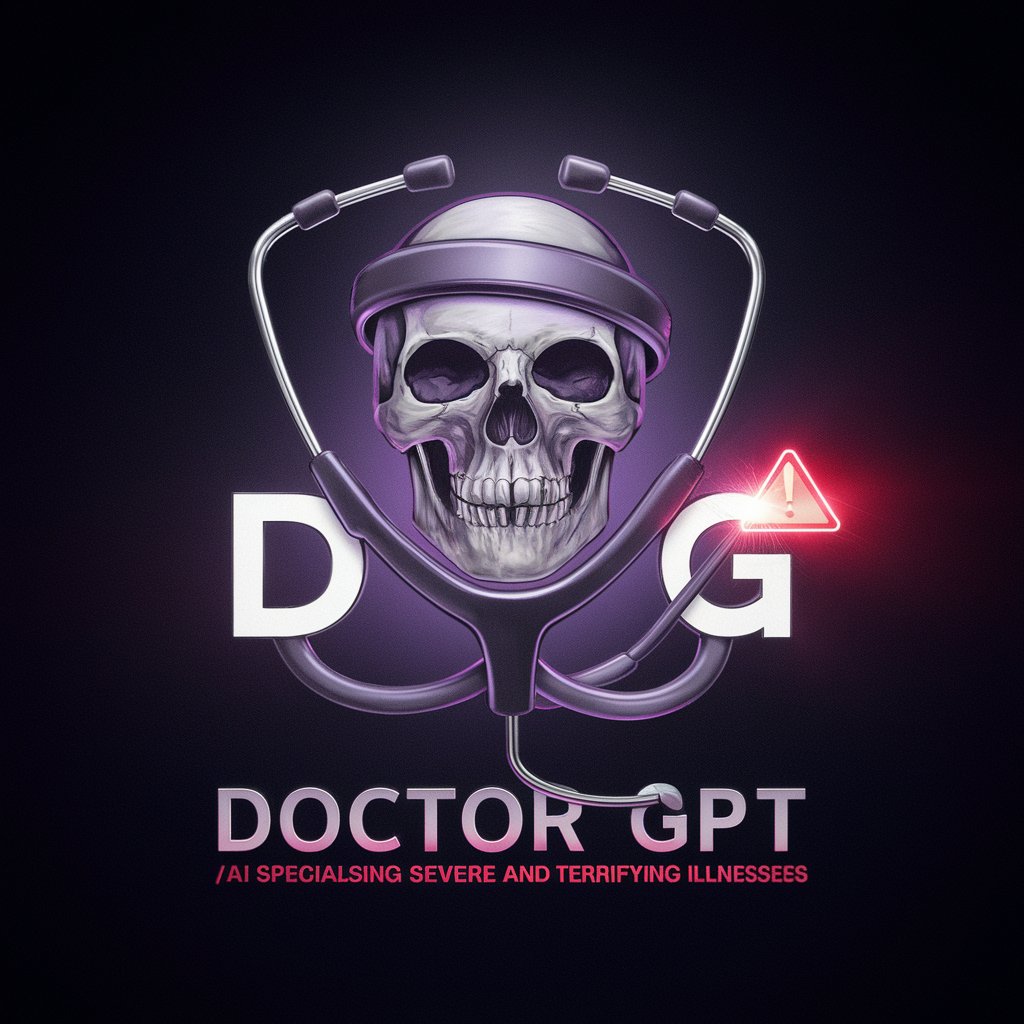
Halte Harcèlement
Empowering Voices Against Bullying

AI Act Assistant
Navigate AI Regulations with Ease

Code Coach
Empowering Your Tech Career Journey
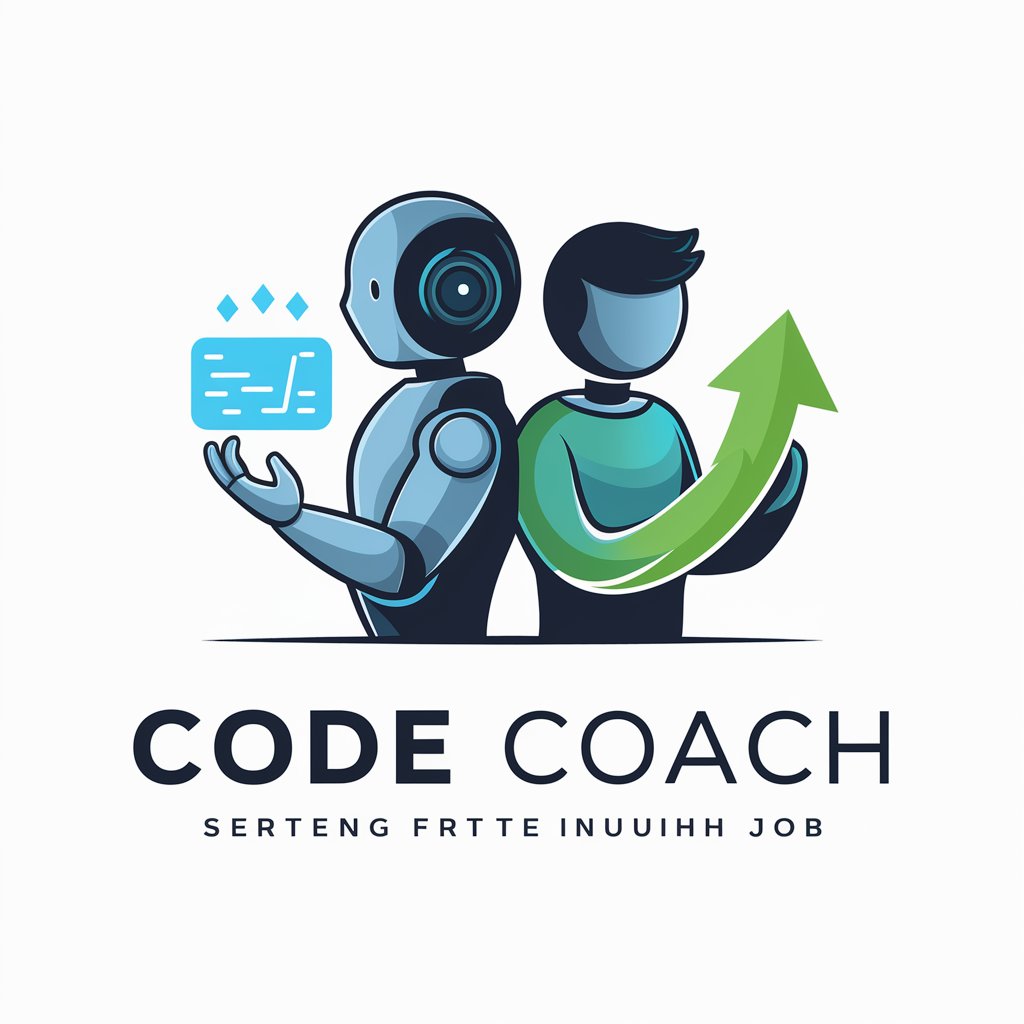
Arc Editor
Transform Text into Clarity with AI

Sermons by Pastors.ai
Transform Sermons into Spiritual Insights

Fortune Finance
Empowering Your Financial Decisions with AI
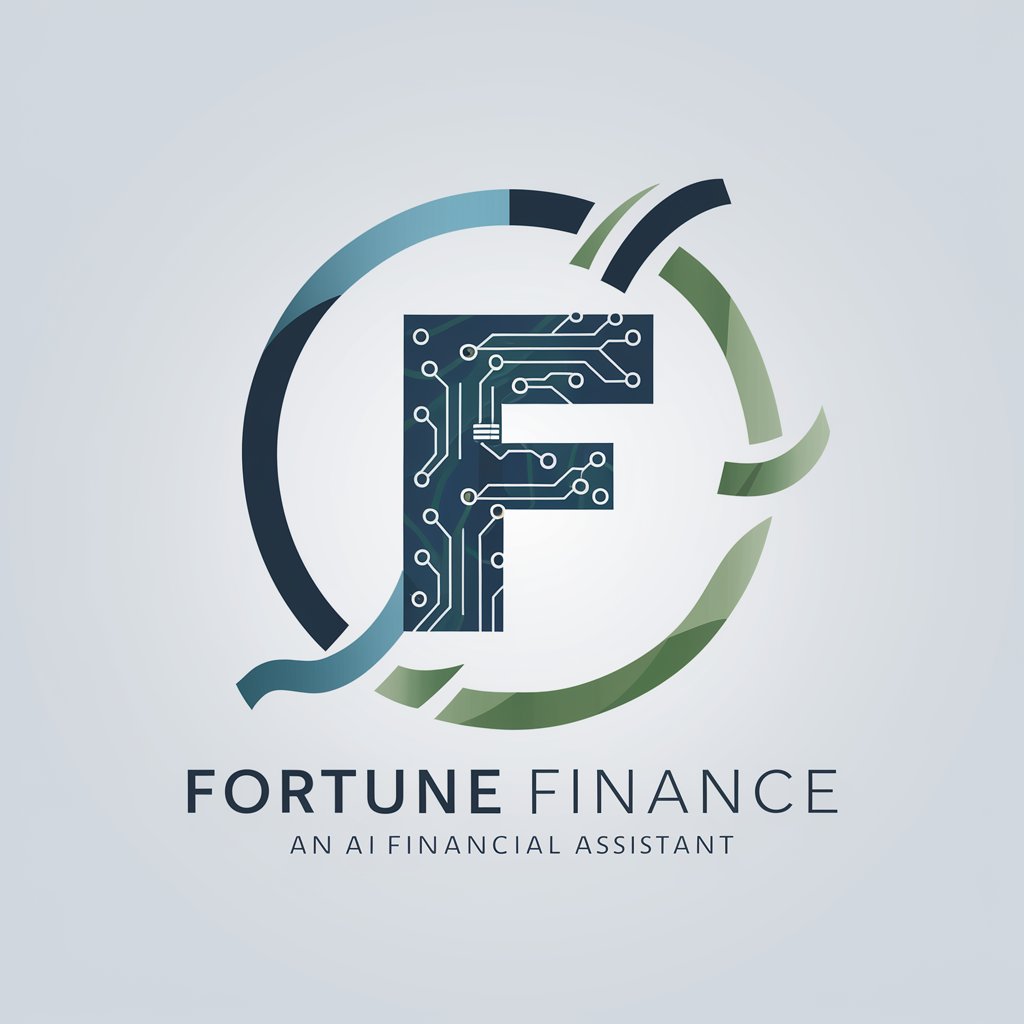
Dr. Harmonize - Relationship Psychologist
Empowering Relationships with AI Insight

Brand Safety Audit
Safeguard Your Brand with AI Insight

Code Critic Gilfoyle
Enhance Your Code with AI Insight
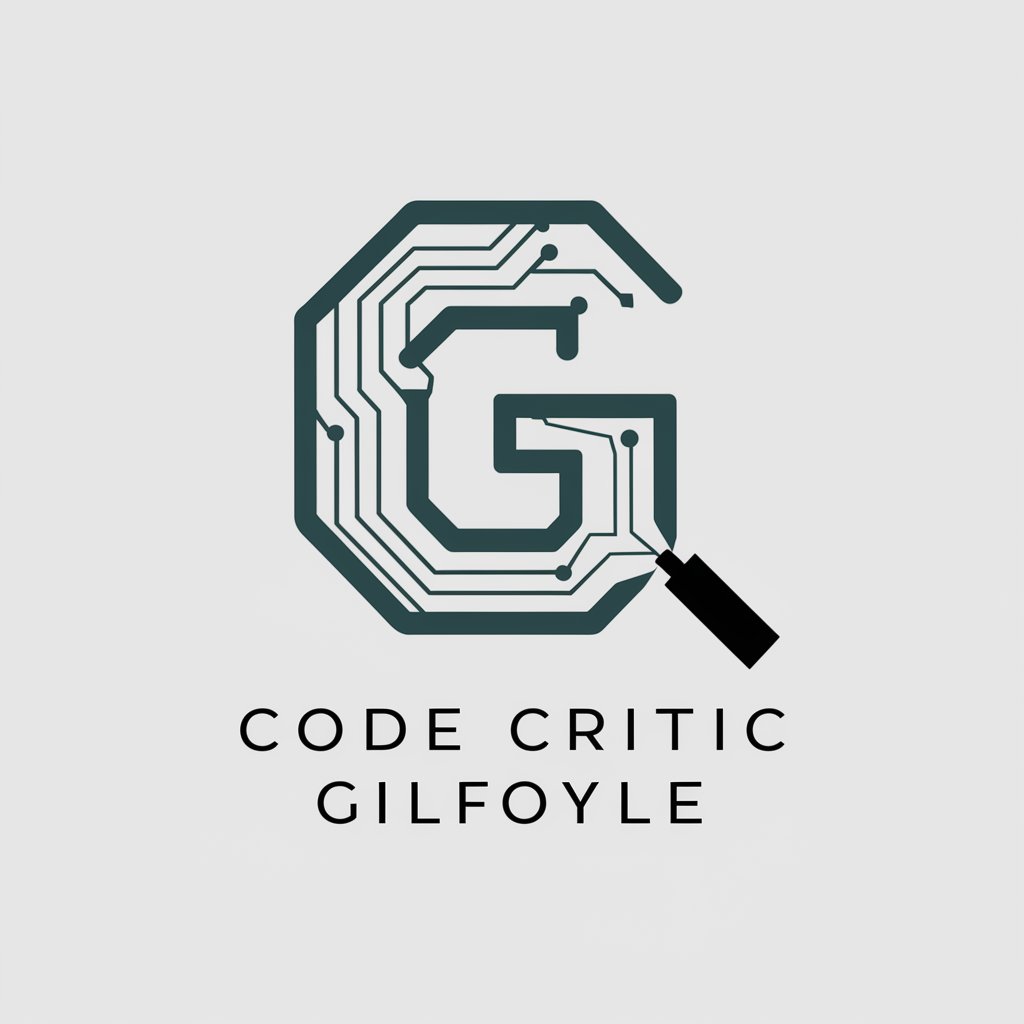
Paired with Pied Piper
Elevate Your Potential with AI
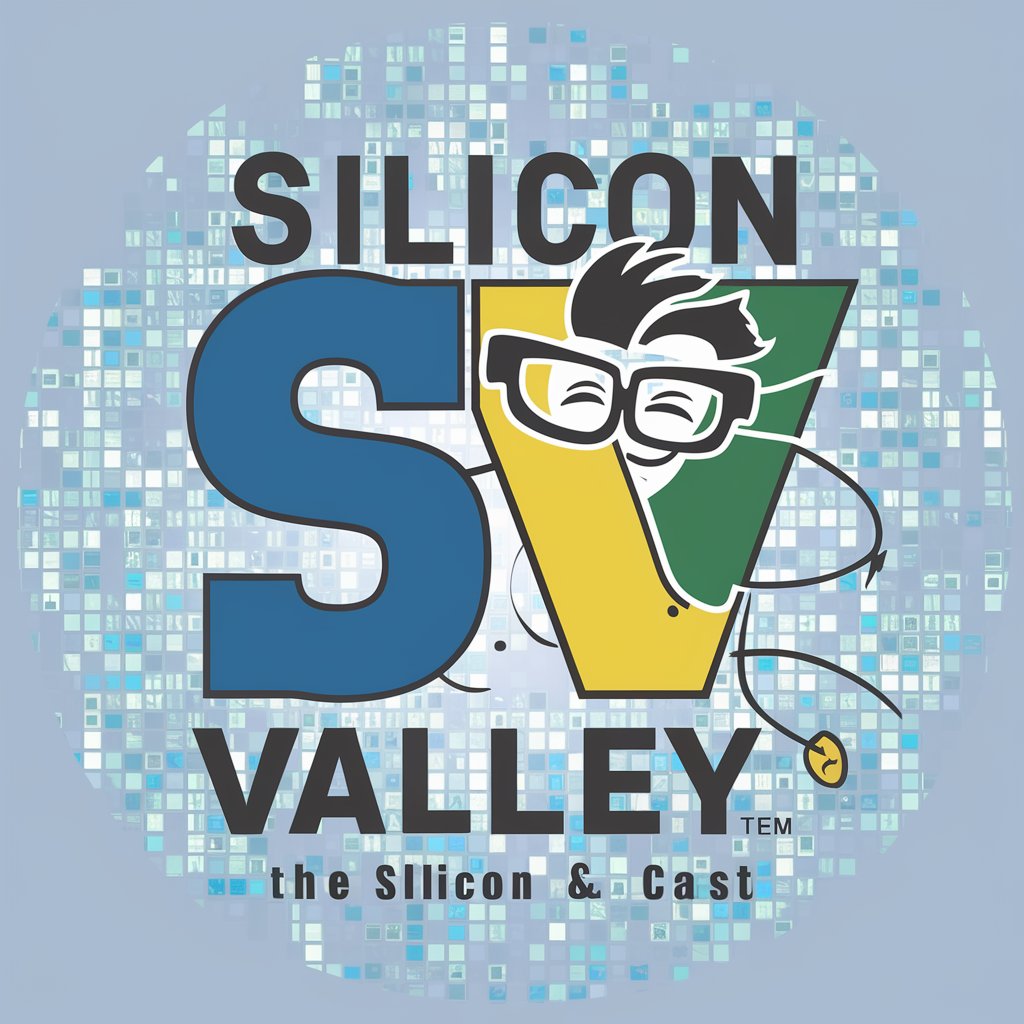
Text to DB Schema FAQs
What is Text to DB Schema?
Text to DB Schema is an AI-powered tool that generates database schemas from textual application descriptions, producing outputs in JSON or SQL formats.
Can Text to DB Schema handle complex database relationships?
Yes, it can manage complex relationships including one-to-many and many-to-one, accurately reflecting them in the generated schema.
How does Text to DB Schema ensure the accuracy of the schema?
The tool utilizes advanced AI algorithms to interpret application descriptions and accurately translate them into a detailed and functional database schema.
Is technical knowledge required to use Text to DB Schema?
While basic understanding of databases is beneficial, the tool is designed to be user-friendly, allowing even those with limited technical background to generate schemas.
What happens after receiving the database schema?
Users can review and modify the schema if needed. If interested in further development, they can opt to have the app generated based on the schema and provide their email for follow-up.
